1. Duct Tape
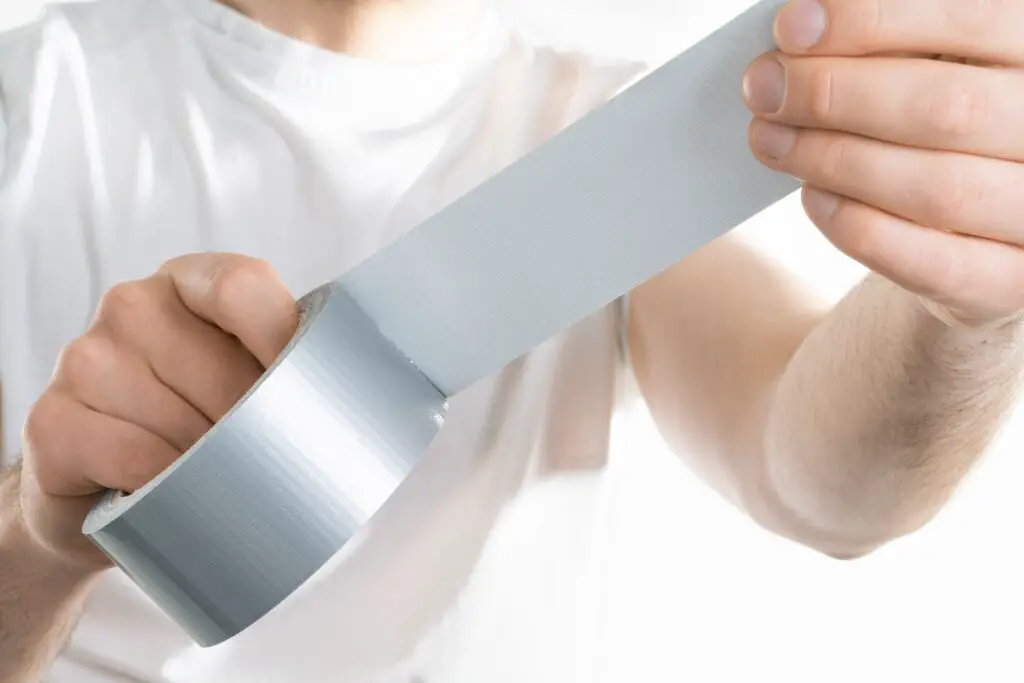
Duct tape might be your go-to for fixing everything from torn shoes to leaky pipes, but it actually started out as a wartime solution. During World War II, the military needed a waterproof tape that could seal ammunition cases quickly and effectively. The result was a strong, cloth-backed adhesive that soldiers could rip by hand—ideal for muddy battlefields and fast repairs says Military.com.
Eventually, this tape made its way into civilian life, where it became popular for home use and was even marketed as “duck tape” because of its water-resistant nature. Once it started being used on heating and air ducts, the name evolved into “duct tape,” and it stuck (literally and figuratively). Today, it’s a household essential, but its origins remind us that necessity really is the mother of invention. It’s wild to think a roll of gray tape in your junk drawer has such a rugged past adds Reviewed.
2. Microwave Ovens
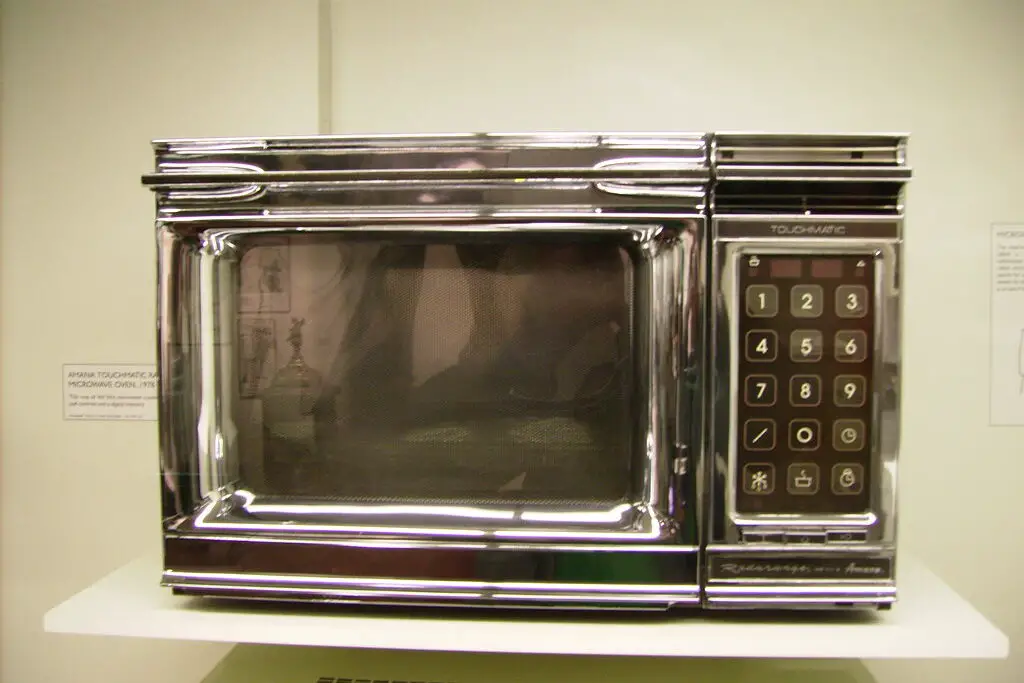
Believe it or not, the microwave oven owes its creation to a radar system used in World War II. Percy Spencer, an engineer working on magnetrons (which were used in radar equipment), noticed that a candy bar in his pocket had melted during one of his experiments. That tiny mess led to a huge revelation—microwaves could cook food shares History.com.
The first microwaves were bulky and expensive, but by the 1960s, they started popping up in home kitchens. These days, we use them to reheat leftovers, make popcorn, and speed up dinner prep, but their roots are in military-grade tech. It’s kind of amazing that a tool for detecting enemy aircraft is now just heating up your coffee. Spencer didn’t set out to revolutionize kitchens, but he definitely did explains Inc.com.
3. GPS
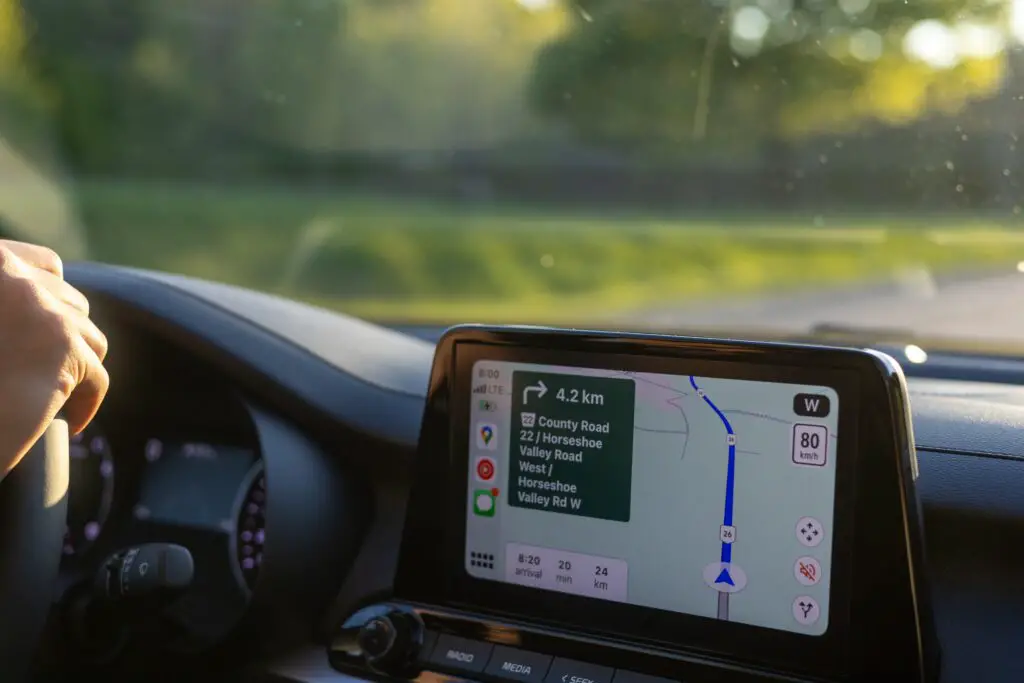
Getting directions on your phone seems like a modern convenience, but GPS technology was developed by the U.S. Department of Defense during the Cold War. The original goal was to track military assets and improve missile accuracy using satellite signals. It wasn’t until the 1980s that civilians were allowed access to a less-precise version of the system.
Now, GPS is part of nearly every aspect of daily life—helping with everything from road trips to dog walking apps. We rarely think about how it works, let alone where it came from, but it was designed with precision warfare in mind. The fact that it’s now guiding you to the nearest coffee shop is a pretty huge shift. It’s one of those technologies that quietly revolutionized modern living.
4. Aerosol Cans

If you’ve ever used hairspray or bug repellent, you’ve benefitted from a World War II invention. Aerosol cans were developed to spray insecticide in a fine mist, especially to help soldiers combat mosquito-borne illnesses in the Pacific. The U.S. military needed a way to protect troops from disease while on the move, and pressurized cans were the solution.
After the war, this technology found its way into commercial products like deodorants, cooking sprays, and paint. While we now think of aerosols as part of everyday grooming or home improvement, they were once battlefield essentials. It’s pretty fascinating how something created to fight bugs in a jungle became part of your morning routine. The sound of an aerosol spritz still carries that bit of history.
5. Jeep

That rugged little Jeep in your neighbor’s driveway was originally built for war zones, not suburbia. During World War II, the U.S. military needed a light, fast, and tough vehicle that could handle any terrain. Willys-Overland designed the original Jeep, and it quickly became an essential tool for transporting troops, hauling supplies, and even carrying wounded soldiers.
After the war, soldiers returned home with a deep fondness for the little workhorse, and it didn’t take long for civilian versions to appear. The Jeep’s durability and off-road ability made it a favorite among farmers, adventurers, and anyone who liked to get their hands dirty. It’s wild to think a vehicle designed for combat patrols is now parked at trailheads and grocery stores. That boxy little car sure has come a long way.
6. Nylon

That pair of stockings in your drawer—or even your toothbrush bristles—might not exist without wartime innovation. Nylon was first created by DuPont in the 1930s, but it truly found its purpose during World War II. When silk became hard to get due to disrupted trade with Asia, the military turned to nylon for parachutes, ropes, and other essentials.
Once the war ended, nylon’s popularity exploded in the fashion and consumer world. It was stretchy, durable, and relatively cheap to produce—perfect for everything from lingerie to carpeting. It’s hard to imagine a world without synthetic fibers now, but this one owes its big break to wartime shortages. It’s another reminder that constraints often lead to breakthroughs.
7. Wristwatches

Wristwatches may be a fashion accessory today, but they were once a critical piece of battlefield gear. Before the 20th century, pocket watches were the norm, but during World War I, soldiers needed to coordinate attacks and check the time without fumbling. Strapping watches to the wrist became a matter of survival.
What started as a practical fix eventually became a style trend—first among military men, then among civilians. Watchmakers caught on fast, designing sturdy, shock-resistant timepieces for rugged use. The wristwatch hasn’t left our arms since, evolving into sleek fashion statements and even smart devices. But at its core, it was a battlefield upgrade.
8. Instant Coffee
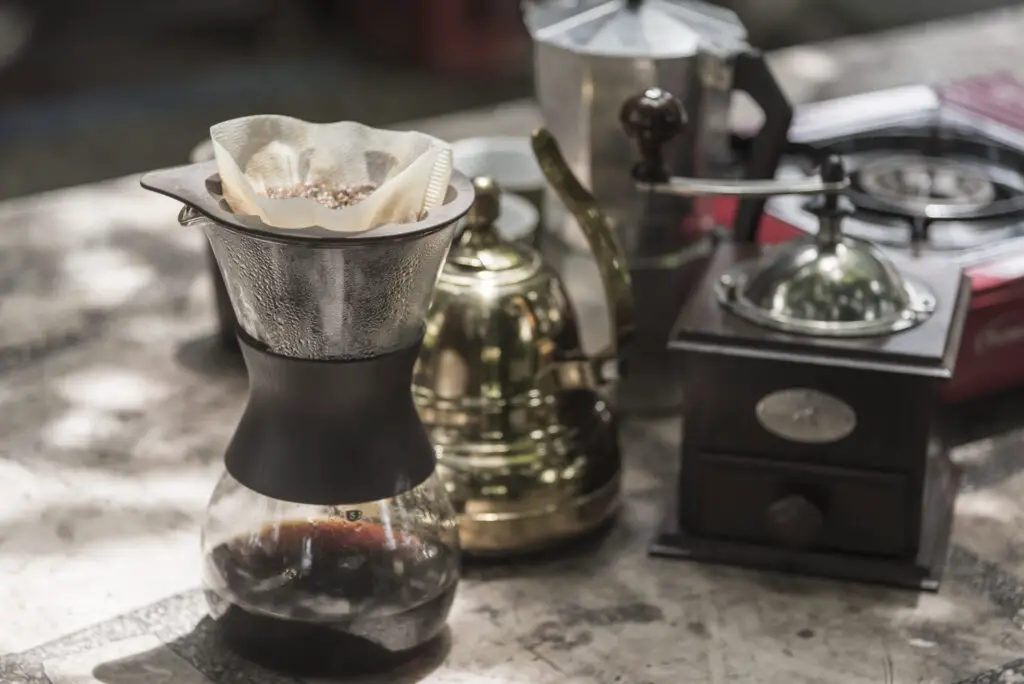
It’s the savior of many groggy mornings, but instant coffee was originally made to fuel soldiers in the field. While early versions date back to the late 19th century, it became a staple during World War II because it was portable, didn’t spoil, and was easy to prepare. Troops needed caffeine, and instant coffee was the answer.
Companies like Nestlé improved the flavor and shelf-life during wartime, which helped it stick around post-war. Soon, it became a pantry item for civilians who wanted coffee without the fuss. While some coffee lovers may scoff at it today, it played a huge role in keeping soldiers alert and moving. That jar on your shelf has more grit in its roots than you might expect.
9. Super Glue
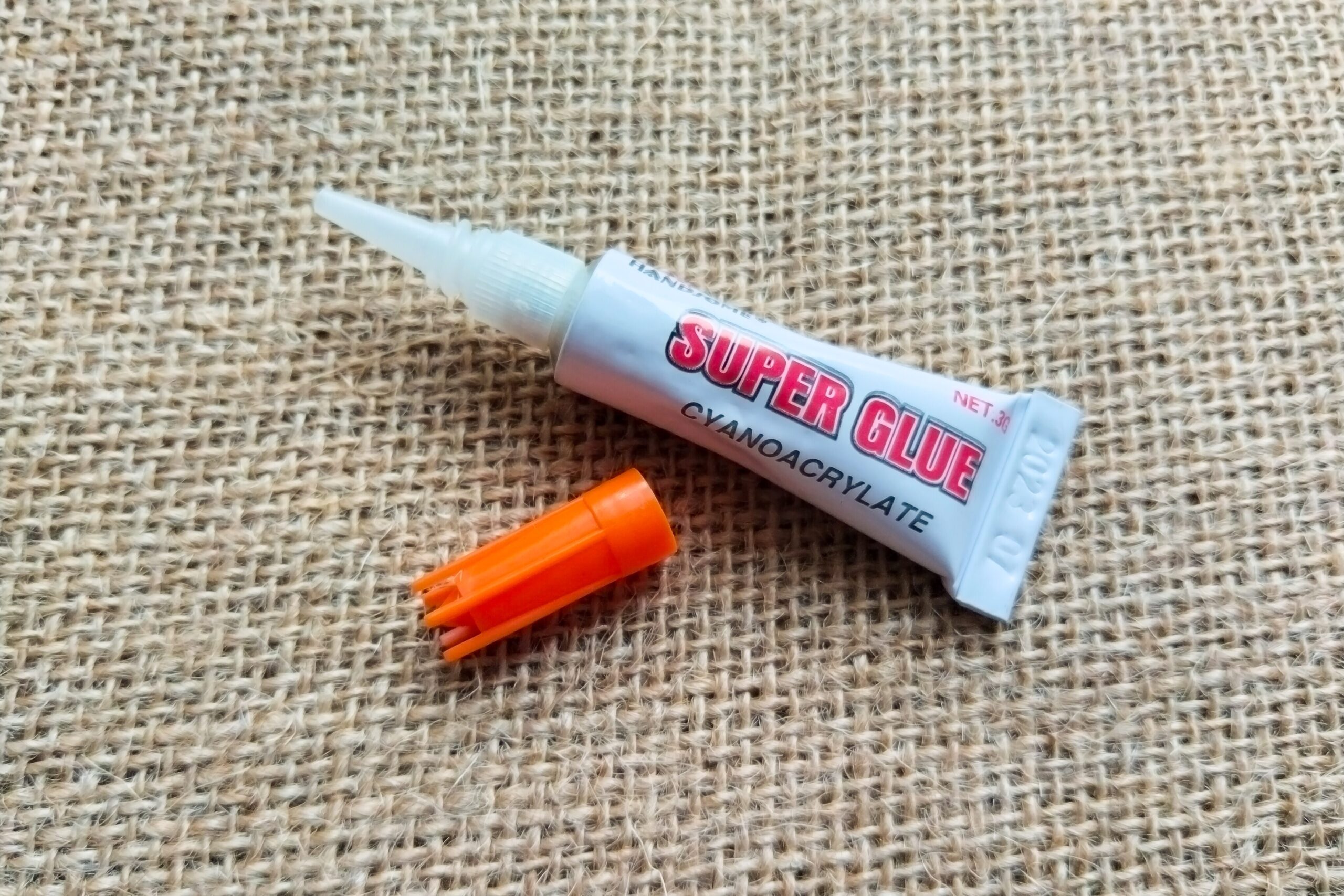
That tiny tube of Super Glue in your toolbox was initially meant for medical emergencies. During World War II, researchers stumbled upon the adhesive while trying to make clear plastic sights for guns. While it didn’t work for that purpose, they discovered it was incredibly strong and bonded instantly.
Field medics started using it to close wounds quickly on the battlefield when stitches weren’t an option. Later, it found its way into households and workshops as a miracle fixer for broken dishes, shoes, and just about anything else. It’s fascinating that something invented for war wounds is now used to patch a kid’s science project. Even a broken lamp owes its second life to wartime innovation.
10. Cargo Pants

If you’ve worn cargo pants for a hike—or just for the extra pocket space—you’re following in military footsteps. These practical trousers were first issued to British soldiers in the 1930s and later adopted by the U.S. Army during World War II. The roomy side pockets made it easy for troops to carry maps, ammunition, and other gear.
After the war, cargo pants became popular among outdoorsy civilians, construction workers, and eventually mainstream fashion. They’re all about function, and their military heritage is built into every seam. It’s funny how something made for battlefield efficiency became a fashion trend in high schools across the country. Those pockets have seen a lot more than just phones and snacks.
11. Radar
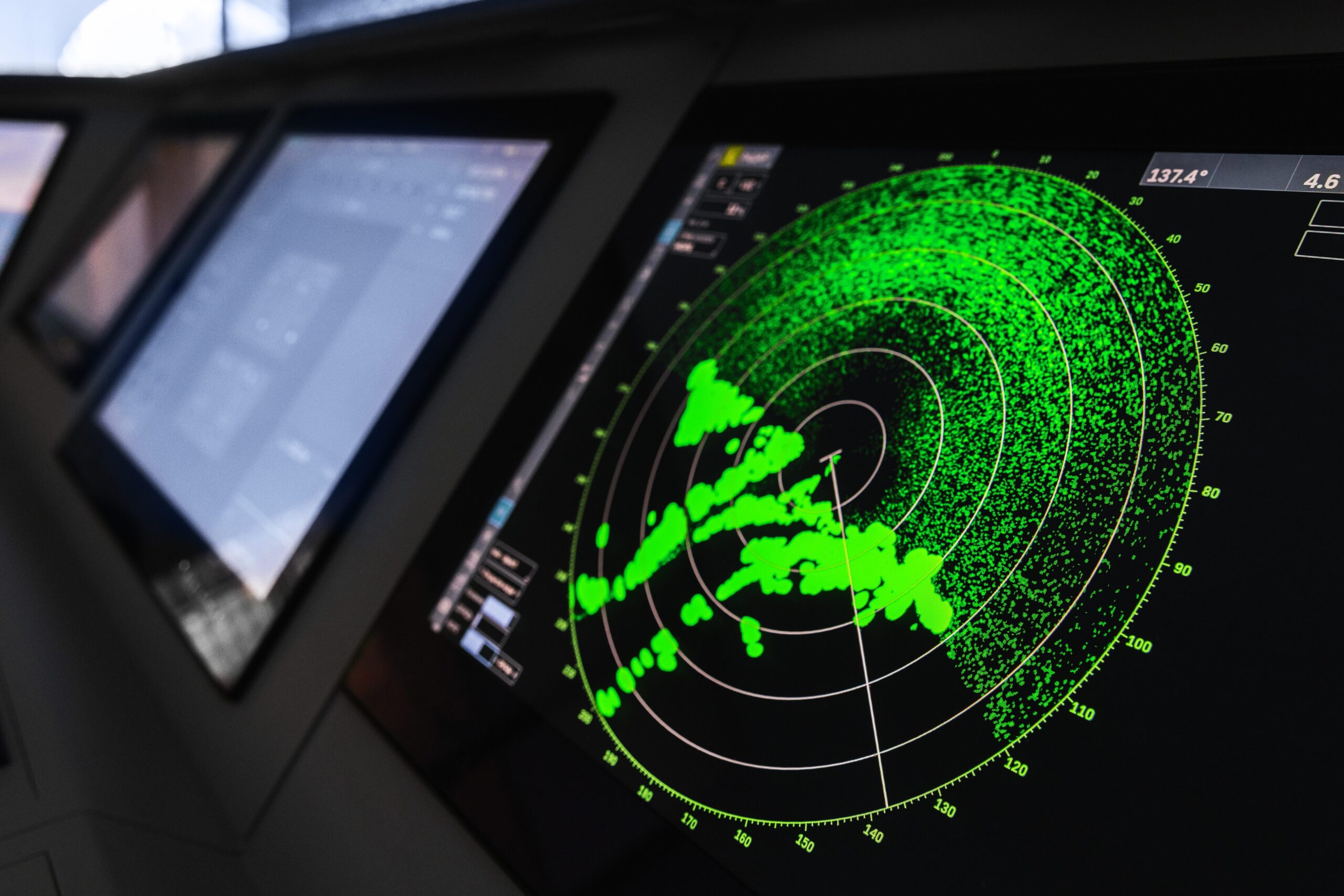
Radar didn’t just change war—it quietly transformed everyday life. Originally developed in the 1930s and rapidly expanded during World War II, radar helped detect enemy planes and submarines. Its success was a turning point in several key battles and revolutionized military strategy.
After the war, the technology was adapted for civilian use, including weather forecasting, air traffic control, and even cruise control systems in cars. It’s hard to imagine modern aviation or meteorology without it. The next time you check the weather on your phone, thank the engineers who needed to track enemy bombers. Radar’s peacetime legacy is a powerful one.
12. Penicillin

Penicillin existed before World War II, but the war accelerated its development and distribution in a major way. The need to treat infected wounds and prevent deadly bacterial infections was urgent, and penicillin was mass-produced for the first time during the conflict. It saved countless lives on the battlefield.
Once the war ended, its use spread quickly across civilian hospitals and doctor’s offices. Today, it’s one of the most important antibiotics in medicine. The idea that this medical marvel reached its full potential thanks to wartime pressure is a little sobering. Sometimes war forces us to prioritize progress we didn’t realize we needed.
13. Freeze-Dried Food

Those lightweight, just-add-water meals you take camping have a military backstory. Freeze-drying was first developed for preserving blood plasma and later applied to food during World War II. The technique kept items shelf-stable, nutrient-rich, and easy to transport, which was ideal for feeding troops far from home.
Today, we use freeze-dried food in everything from astronaut meals to fruit snacks. It’s convenient, long-lasting, and surprisingly tasty when done right. That emergency granola bar in your backpack owes its existence to a war-time breakthrough. It’s proof that practicality and innovation often go hand in hand.
